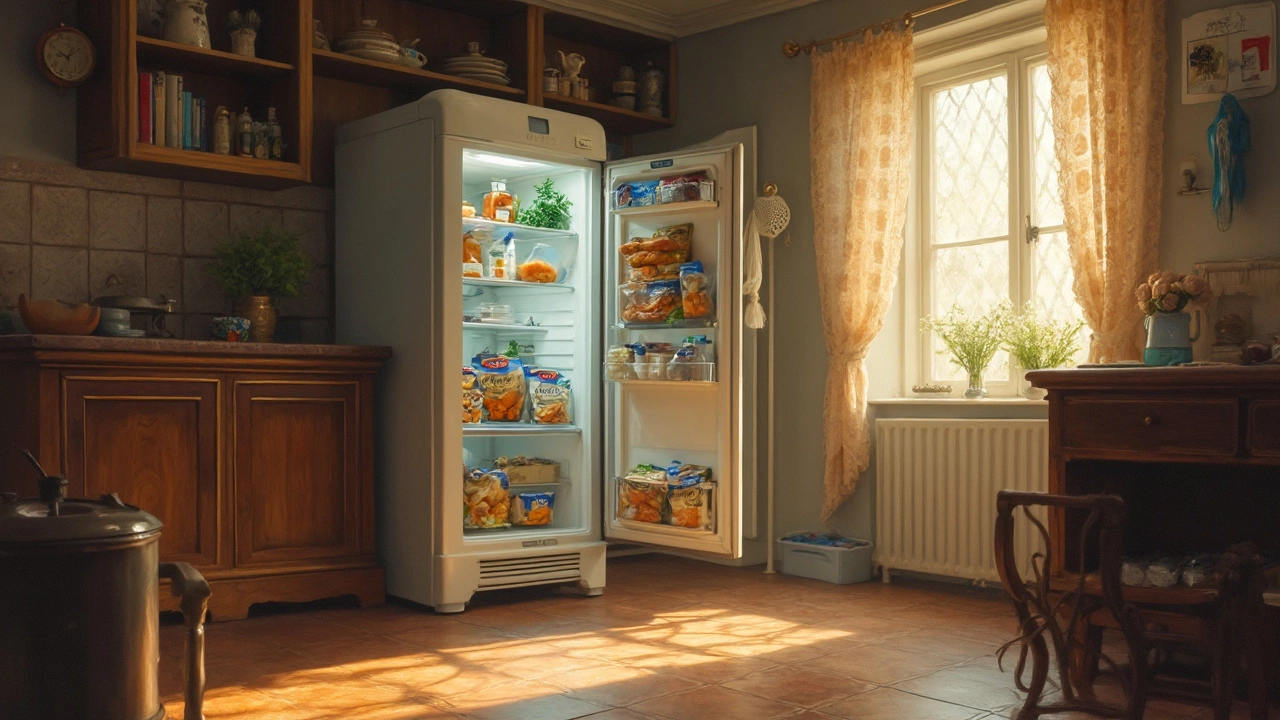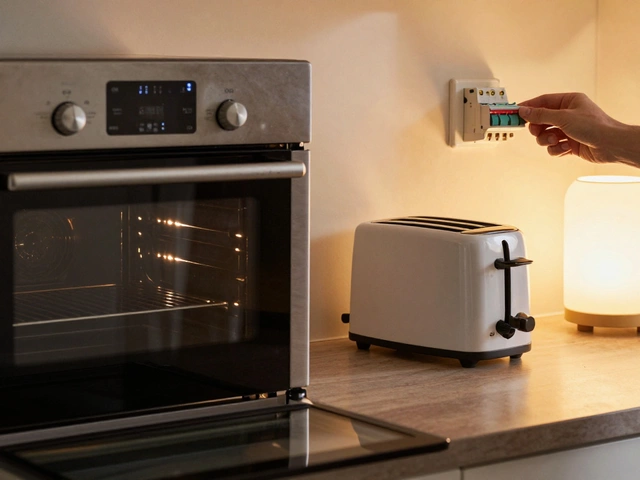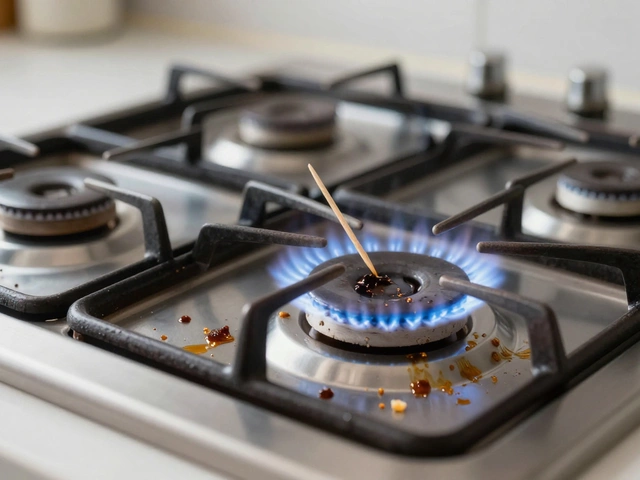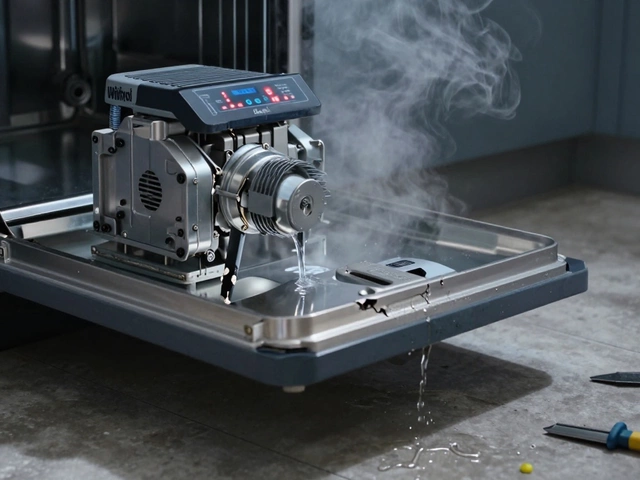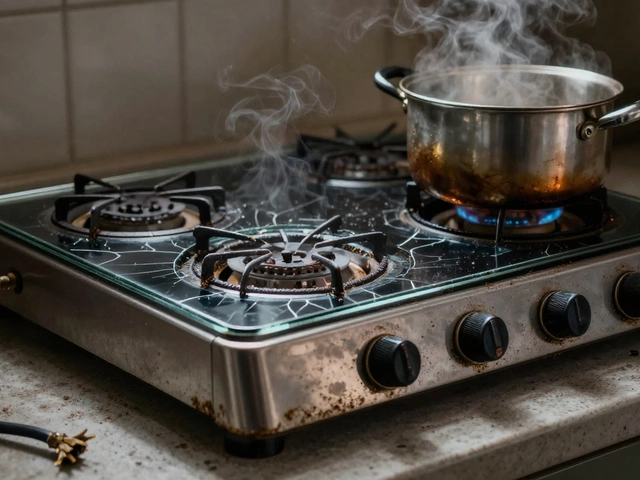Frozen Food Tips & Storage Guide – Keep Your Meals Fresh
Got a freezer full of meals you want to last? Storing frozen food the right way can save you money, reduce waste, and keep flavors intact. Below are the basics you need to know, plus a few tricks to fix common freezer problems before they ruin your grocery haul.
How to Prevent Freezer Burn and Keep Quality High
Freezer burn happens when air touches the surface of your food. The first line of defence is airtight packaging. Use heavy‑duty freezer bags, vacuum sealed packs, or wrap items tightly in foil before putting them in a zip‑top bag. Squeeze out as much air as you can – a simple straw trick works: insert the straw, let air escape, then seal.
Label every package with the date and contents. A quick glance at a handwritten label tells you if something’s been in the freezer for six months or two years. When you see a date older than a year, give it a look‑over; if the texture seems off, it’s safer to toss.
Arrange food so that newer items sit behind older ones. This “first‑in, first‑out” system is the easiest way to keep your stock rotating without forgetting anything.
Safe Thawing and Quick Meal Prep
Never thaw meat on the counter – bacteria love that warm environment. The safest methods are: (1) move the package to the fridge 24‑48 hours before you need it, (2) use the microwave’s defrost setting if you’re in a hurry, or (3) submerge sealed bags in cold water, changing the water every 30 minutes.
For veggies, a quick splash of hot water for a few minutes can bring them back to cooking temperature without losing nutrients. If you’re using frozen fruit for smoothies, just dump it straight into the blender – no thawing needed.
One common complaint is that frozen meals take forever to heat. Snap a small slit in the top of the container before microwaving; steam can escape, and the food heats more evenly.
When Your Freezer Isn’t Working Properly
If you notice ice buildup, strange noises, or that the freezer isn’t staying cold, it’s time to check a few basics. First, make sure the door seals are clean and tight – a torn gasket lets warm air in. Second, verify the temperature setting; 0°F (‑18°C) is ideal for most foods.
Clear any frost that’s over a half‑inch thick; excess frost reduces efficiency. If the freezer still struggles, the compressor or thermostat may need a professional look. Our team at Weymouth Appliance Repair Services can diagnose and fix common freezer and fridge issues quickly, so your frozen foods stay safe.
Regular maintenance helps too. Once a year, unplug the unit, let it defrost completely, clean the interior with a mild solution, and dry thoroughly before restarting. This simple routine keeps the motor running smooth and cuts energy use.
Remember, good storage starts with the right packaging, clear labeling, and a tidy freezer layout. Pair those habits with safe thawing methods, and you’ll get the most out of every frozen meal. If anything goes wrong with your freezer, don’t wait – a quick call to a local repair service can save your food and your peace of mind.
Is Food Still Safe if the Freezer Stops Working?
- Alden Wilder
- Feb 6 2025
- 0 Comments
When your freezer stops working, your first thought might be about whether your food is still safe to eat. Discover how long you have before food starts to spoil, how to check for safety, and what steps you can take to prevent loss or wastage. From understanding the impact of leaving the freezer door closed to investing in a quality thermometer, these insights can help you save your groceries—and your peace of mind.
View More